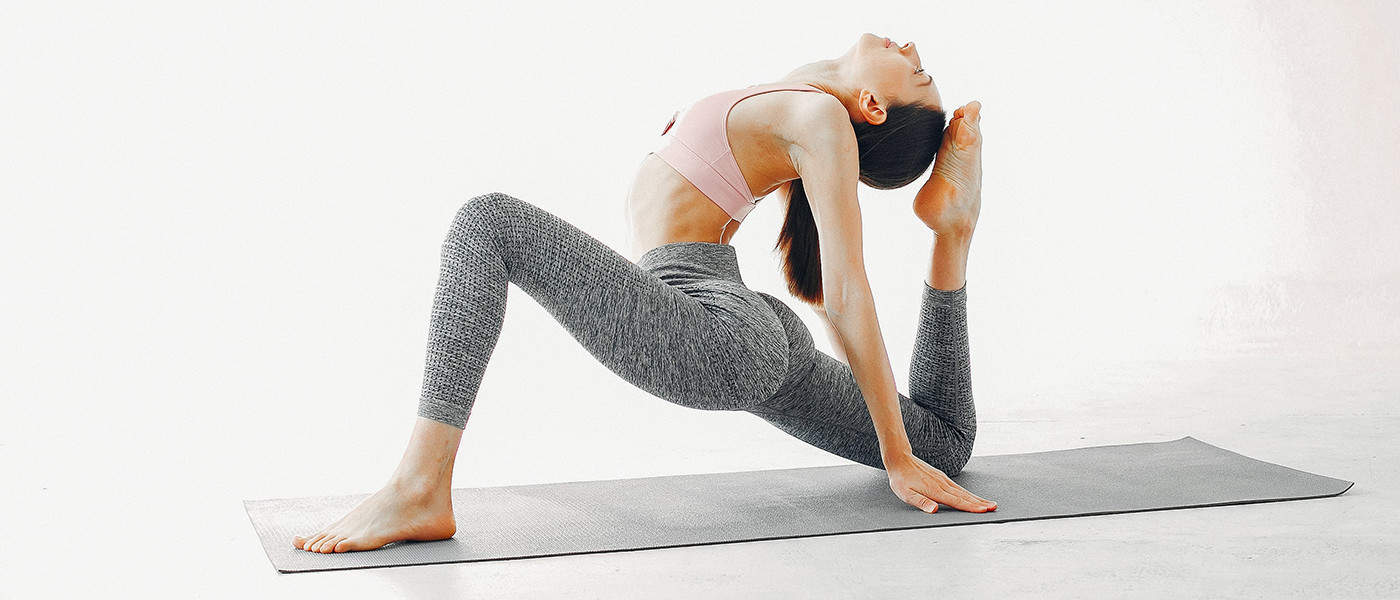habits

Hatha yoga practice exposes our deepest parts. It reveals both our physical patterns and mental habits. As humans, we are very much creatures of habit and routine. It is easy to become stagnant in the rhythms of our lives.
A habit is defined “as a pattern of behavior that is repeated, and the person usually isn’t even aware of it.”
Remember as a child when you played rock, paper, scissors, did you throw the same sign each time? Did you always have to have the same monopoly piece? Did you play the same way over and over? Did you brush your teeth before bed? Which habits did you learn as a kid were healthy? Which ones developed unhealthy patterns?
Furthermore, what are your habits today?
Really, much of life is habitual. Habits—good and bad—make you who you are. Practicing yoga and meditation teach you to pay attention to whether or not you do the same things today as you did yesterday, and beyond. Famed yoga instructor Judith Lasater speaks to the yogic perspective when she writes,“The Body Craves Consistency, The Mind Craves Change.”
Our bodies can keep us stuck in unhealthy habits that prevent our minds from gaining new perspective. The first key to changing our negative habits is being aware of them. Only then can you manage them and make conscious choices. If you relearn how to change your habits, then even a small effort can create impactful changes.
And if we don’t control this habit of holding our bodies then our minds stay hyper active and our bodies get weak. We easily develop patterns of holding tension in the same way which promotes imbalance that turns into a lack of ease, disease and pain.
Through our yoga practice it is important to challenge our body in fresh ways such as using Mandala Namaskars (circular Salutation), going upside down, trying a new pose or new sequencing to bring fresh newness to our bodies while keeping our minds really focused.
Hatha yoga teaches us that even our good habits keep us from growing spiritually. This is because habits are by definition an attachment to a pattern of behavior, or a form of dependence. So a key principle of yoga is to break our attachments (even to that of staying upright).
Our time on the mat is important because it gives us a chance to try moving in new ways and literally step (think and feel) outside the box. And from that physical change our minds are refreshed to see with a more open perspective. As final inspiration a favorite writing by Portia Nelson titled Sidewalk of Life. I first heard this from Dr. Wayne Dyer and offer it to you here.
Sidewalk of Life
Chapter One
I walk down the street.
There is a deep hole in the sidewalk.
I fall in.
I am lost …. I am helpless.
It isn’t my fault.
It takes forever to find a way out.
I walk down the street.
There is a deep hole in the sidewalk.
I pretend that I don’t see it.
I fall in again.
I can’t believe I am in this same place.
But, it isn’t my fault.
It still takes a long time to get out.
I walk down the same street.
There is a deep hole in the sidewalk.
I see it is there.
I still fall in … it’s a habit … but, my eyes are open.
I know where I am.
It is my fault.
I get out immediately.
I walk down the same street.
There is a deep hole in the sidewalk.
I walk around it.
I walk down another street.